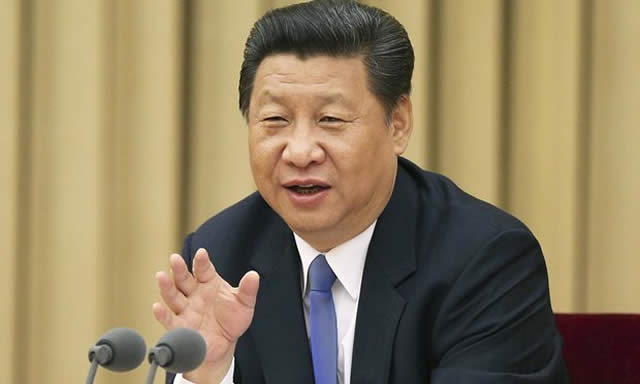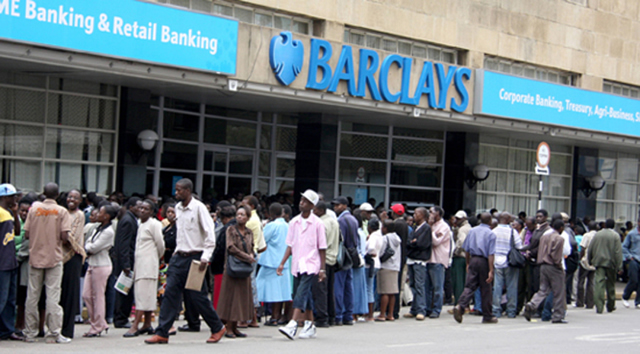Industrial base is degenerating – CZI

Golden Sibanda : Senior Business Reporter
THE Confederation of Zimbabwe Industries says between 75 and 80 percent of the mid 90s industrial base has been destroyed. The country’s biggest and most influential industrial lobby group said the hard reality has to be confronted to revive the economy, adding industry can recover 5-10 percent annually if corrective measures are taken.This entails, CZI noted, Government and private sector dialogue and consensus on, but not limited to, finality on implementation of indigenisation, concluding the land issue, bankability of land title, confidence in State institutions and economic direction and reform of State entities.
CZI president Busisa Moyo said the fact that only a fraction of the manufacturing base that existed around 1995 is still present is disturbing. More worrying, he said, is that output has started to fall sharply.
Industrial output, according to CZI’s 2015 manufacturing sector survey, averaged 34 percent, and has reportedly deteriorated since then.
Mr Moyo said the manufacturing industry continues in distress, as the resurgent economic crisis of the last 12 to 15 months is nearing levels that could make it the second most severe after the hyperinflationary era.
He said the situation has been worsened by falling global commodity prices, softening regional currencies, constrained fiscal space and deflation. This has put pricing pressure on manufacturers, Mr Moyo said.
Pricing pressures come at a time the country is facing severe cash shortages, which the CZI president said reduces expenditure and demand. Selling low volumes at low prices is a bitter meal industry is facing.
“The implicit result of the ongoing economic complexities is that this culminated in marked decline in output in multiple sectors leading to low business confidence and operational problems in doing business in Zimbabwe.
“The industrial base in Zimbabwe continues under serious threat and output has started to decline sharply, with only 15-20 percent of the manufacturing industrial base that was present in 1995 being operational at present, this is a very disconcerting trend,” Mr Moyo said.
The CZI president said is common knowledge that the Zimbabwean economy has traditionally been propped up by agriculture, manufacturing, mining and services sectors, which incorporates tourism.
He said dollarisation sparked growth, which averaged 9 percent annually between from 2009 until 2012 when it slowed to crawling pace, which reflected in dim growth prospects forecast at 1,5 percent in 2015.
CZI contends that the projected economic growth rate for this year is out of reach, based on evidence on the ground, with companies struggling to maintain 2015 production levels while drought has made it worse.
Local industry continues to face competitiveness issues due to the absence of and high cost of funding (predominantly short term), high cost of labour, high cost of utilities (power and energy, statutory levies, inflexible labour laws and high cost of transport among other factors.










Comments